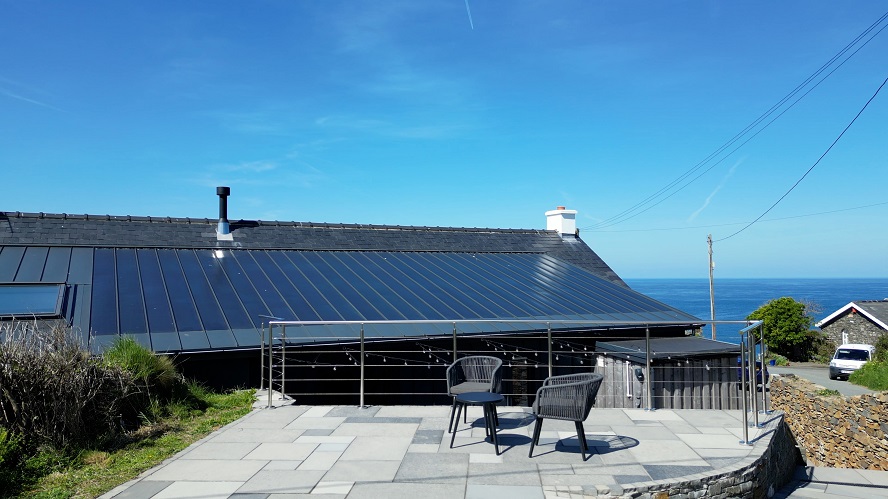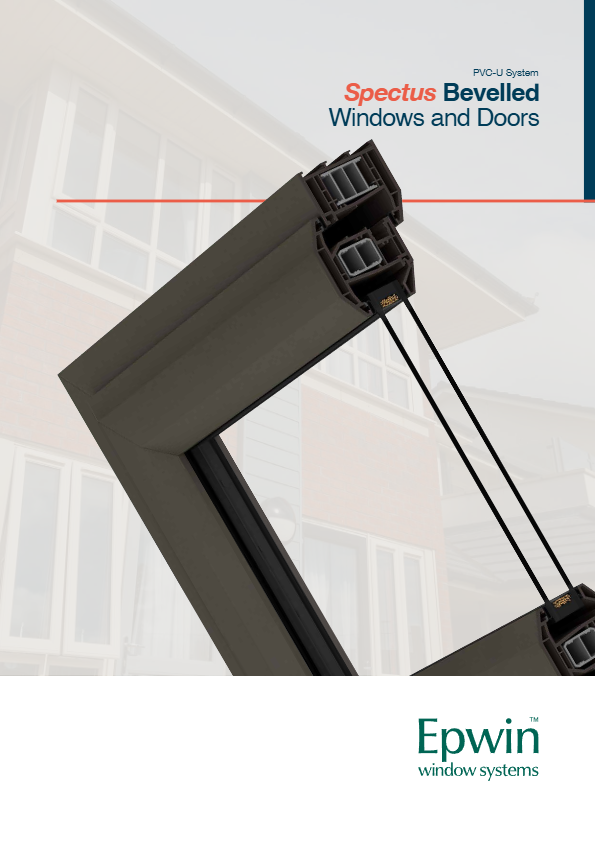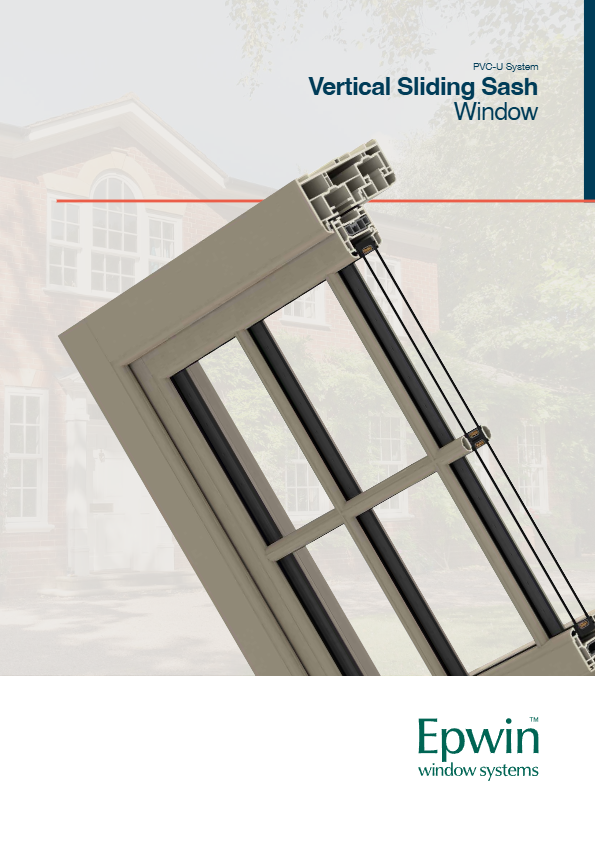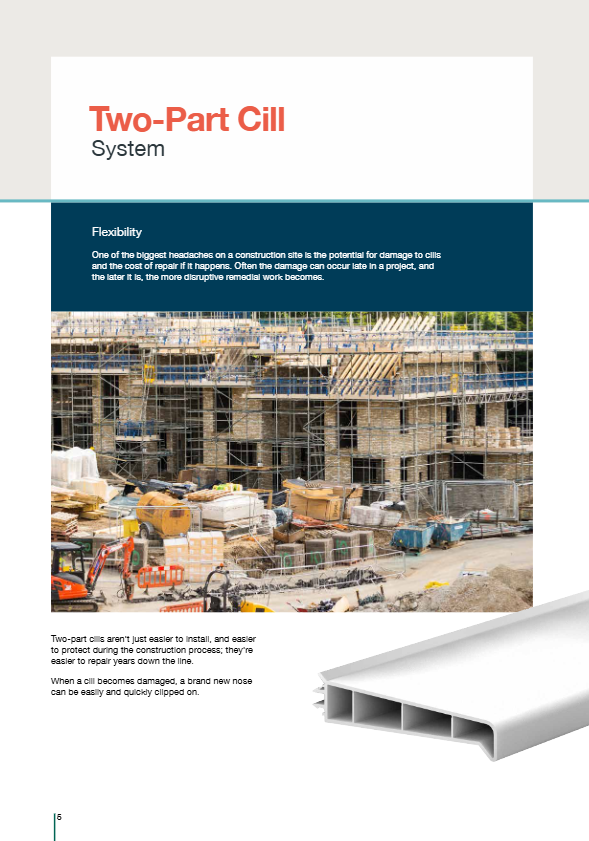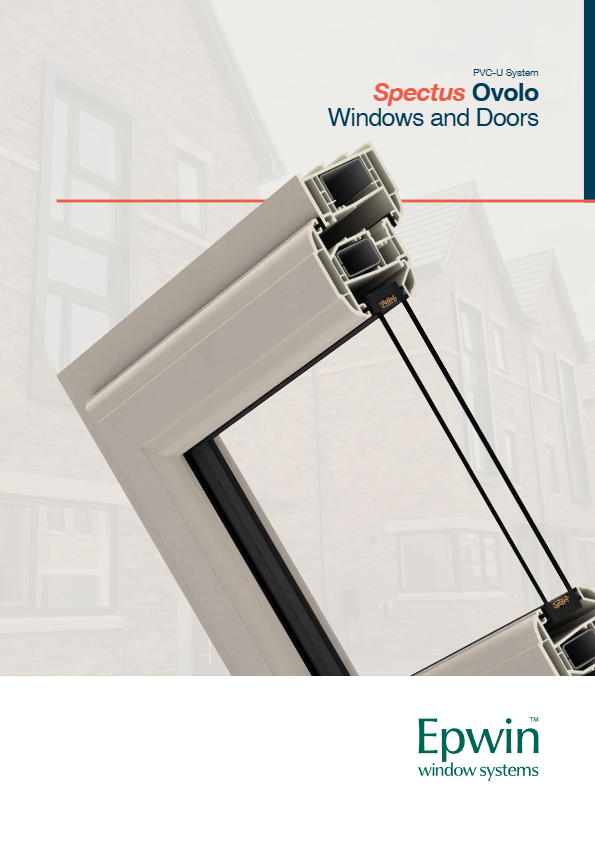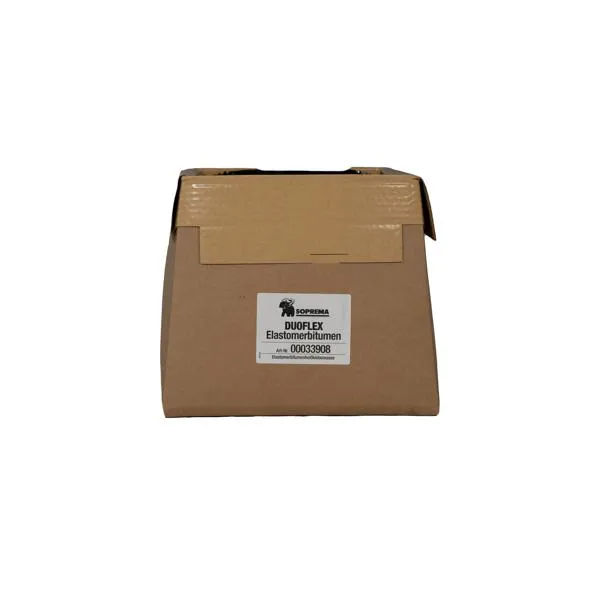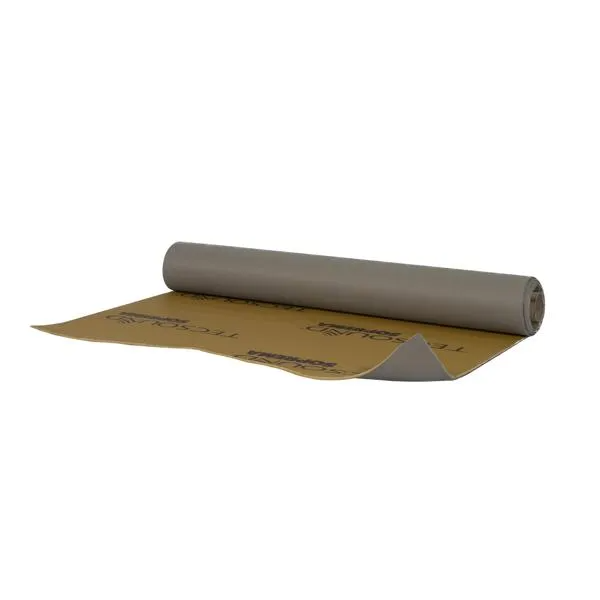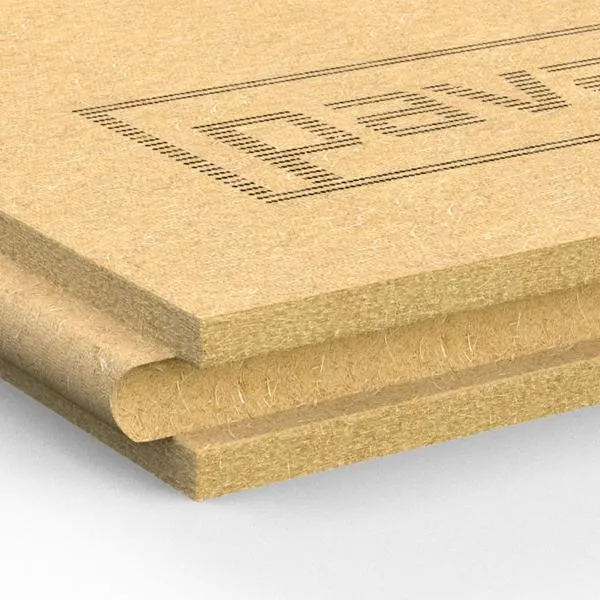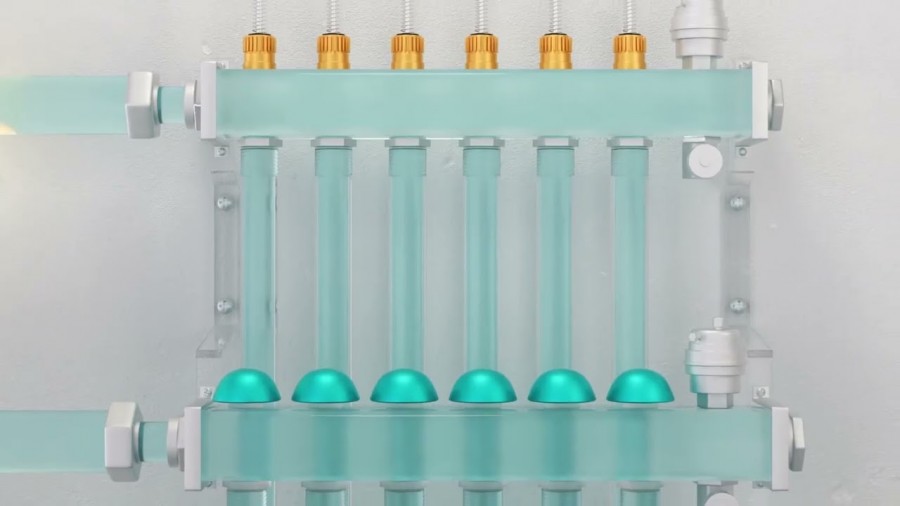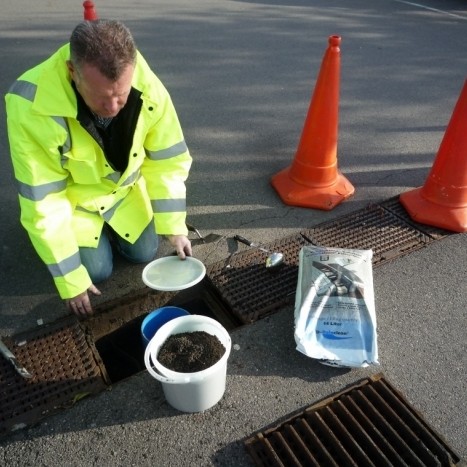
Following a review by the Regulating Authorities, developers at Cribbs Causeway Retail Park on the outskirts of Bristol have turned to Stormwater Management’s D-Rainclean bio-remediation drainage channel to prevent contaminated surface water run-off generated by a heavily trafficked car park from polluting the nearby River Trym - a delicate ecosystem that is home to a wide range of protected fauna.
The initial SUDS proposal for the site, which has more than 12million visitors a year, was to use a porous pavement that would collect and pass run-off through an oil interceptor before discharging into the river. With such high volumes of traffic and the associated potential for surface contamination, the regulators and planning authority considered that a more robust and effective sustainable drainage solution was needed to minimise any pollution risk.
“The unique filter media within the D-Rainclean channel provided the assured long-term performance the developer needed to satisfy the regulators,” explains Neill Robinson-Welsh, Technical Sales Manager at Stormwater Management Ltd. “And from the developer’s perspective the new scheme was equally beneficial. It was quicker and more cost effective to install - as it was based on a conventional impermeable asphalt surface - and no interceptor was necessary, eliminating the need for any additional electrical service connections, alarm systems and expensive ongoing maintenance.”
In total, 448 metres of D-Rainclean have been installed within the site catchment. Run-off enters the porous channel through a 300mm wide cast iron grating rated for heavy goods vehicle traffic (Load Class D400) where it comes into contact with the filtration media. Passing under gravity through the filter layers hydrocarbons and dissolved heavy metals are removed leaving the clean water to enter the watercourse indirectly through ground infiltration or via a perforated, high strength carrier pipe installed within a gravel soakaway directly below the 470mm deep channel.
“Independent quality tests on treated run-off from the D-Rainclean system at Cribbs Causeway have shown that 90% of Total Suspended Solids (TSS) including below 63microns and over 88% of dissolved heavy metals had been removed - this meets the discharge quality required by the Water Framework Directive and confirms D-Rainclean to be an extremely effective remover of priority pollutants,” says Neill Robinson-Welsh. “The results also predict that the filter media will maintain its performance level in this location for up to twenty years before it needs replacing.”
Manufactured from robust polypropylene, each D-Rainclean channel section is 500mm long with an internal baffle wall at its midpoint which allows the system to be laid level or to a fall. Bulkheads at each end ensure dimensional stability and limit pollution spillages to a confined section of the system. Eight 100mm diameter holes in the base of the each section give the channel its porosity, allowing water to pass through to ground.
The latest brochure explaining the full benefits and options available for the D-Rainclean bio-remediation infiltration channel system is now available.









